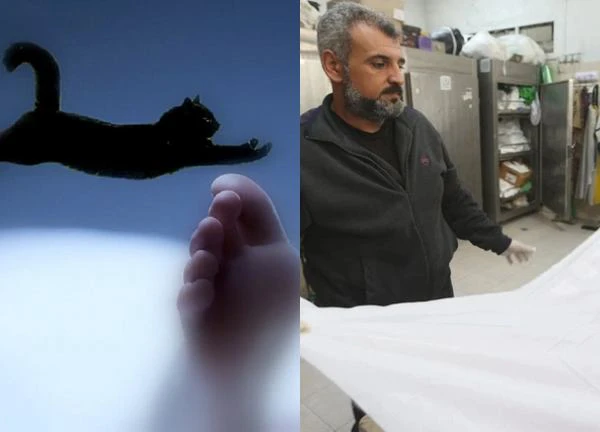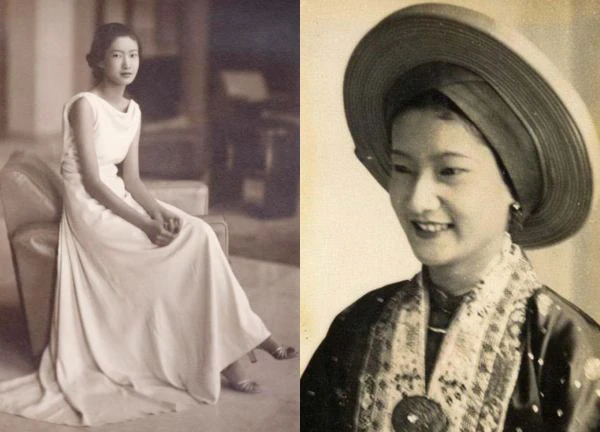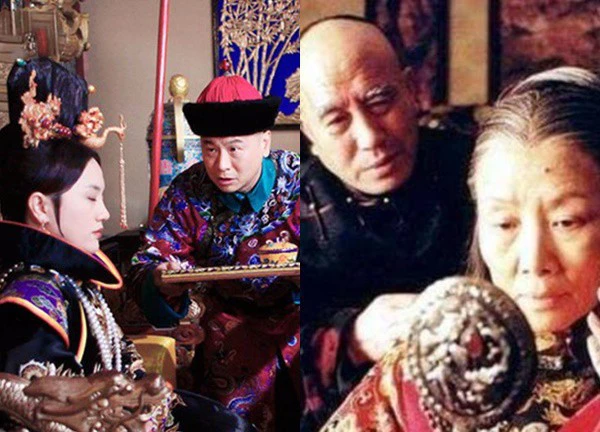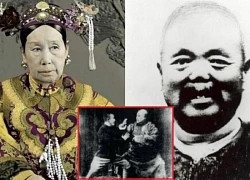Why put a cloth on the face of the deceased, not let the black cat jump over?

2 | 1 Discuss | Share
The people of Kim Lien village (in Hoa Hiep Bac ward, Lien Chieu district, Da Nang city) still tell each other many stories about the relics of the Son God shrine.
In ancient times, this place was a desolate pass and just a trail because "people walk forever, so it becomes a road", on one side is a deep abyss, on the other side is a steep cliff. It is not clear when, on the top of the pass, a herd of five fierce tigers often appear specializing in pounce on pedestrians.
"First at dusk, second at dawn", the tigers sit on the rocks on the side of the road waiting for their prey. No one knows how many lives have been taken by the tigers, only that people are so scared that if they want to cross this road, pedestrians must form a group to go together, and each person carries a sharp spear pointing upwards on their backs.
In addition, the tigers in the years were very closely linked, so no one was brave enough to kill them. Therefore, the locals decided to build a shrine to worship tigers and offer offerings.
Every day, villagers and guests from all over the world donate fully to the offering with the hope that the tigers will understand their intentions without harming people anymore. Strangely, since then, no one has seen the tigers squatting on the side of the road stalking their prey, even, they have turned to... save people.
Ms. Nguyen Thi Nhut (71 years old, selling goods on Hai Van Pass) said that when she was 5-6 years old, she heard from people in the village that in a severe drought year, famine raged everywhere, many people in the southern part of Hai Van Pass ran hungry here. Among them, there was a mother carrying a small child, due to the bumpy mountain road that was difficult to walk, she was hungry, she had no strength left, and the night fell very quickly, so if she didn't go fast in time, the "hungry" people would definitely be good food for wild animals. In the end, there was no other way, the woman left her son on a rocky outcrop on the side of the road, bowed a few times and continued to drag into the South.
According to Ms. Nhut, the child was left on the rocky outcrop and the mother cried and screamed, and a female tiger heard the cry and immediately followed the mountainside down to the child. The strange thing is that the tiger uses its mouth to lure the baby back to the den, and then feeds the child with its milk like its cubs.
Every day, when he went to look for prey, he released a few more forest fruits to feed the child. A few years later, when the child grew up, the female tiger still carried the child on her back to the small village at the foot of Hai Van Pass, leaving the child there for the villagers, walking three or four steps, she even turned around to look at the "adopted child" again before flying straight into the forest.
It is known that the Tiger Temple located in the middle of the pass is built spaciously, cleanly and beautifully, always smelling incense smoke. But it is very difficult for us to identify which temple was built to "worship tigers" as the old legend says. Many people who earn a living here said that this temple has just been restored by Mr. Tho (who has volunteered to manage the temple for the past 25 years - PV) thanks to the offerings of visitors from all over the world.
Thanks to the "legends" passed down from ear to ear of the people in the area, the temple has become an extraordinary tourist attraction. Everyone passing by here wants to stop to light incense and make vows.
Mr. Tran Dinh Chau (83 years old), who was born and raised in Kim Lien village, is also one of the oldest people in the village. He told clearly and clearly the story that he had seen and heard: "I was born in 1931, since I was seven years old, I have seen the Temple of Mr. Tiger lying there. From the time my father gave birth to my birth mother until now, I have witnessed the story of tigers harming people, but I have never heard of tigers helping people."
When listening to the oral story about the tiger shrine heard on the top of the pass, Mr. Chau affirmed: "There are no tiger leopards, the other people are just heard about it, some people add fish sauce, some people add salt, and finally make it completely untrue."
Mr. Chau recalled his childhood. At that time, Kim Cu hamlet (the name of the old Kim Lien village) was still a mountain forest, mixed with wild animals. In particular, the fierce tiger has always been the biggest obsession of the people in the village.
The house is a few bamboo groves away from the house, in the dark and fog, the tiger smells the smell that often sneaks into the buffalo barn, the cowshed catches him back to the cave. Sometimes they even groped into people's houses to "stick their tails" through the door to lure dogs out to catch them. The people in the village were all afraid, so they locked the door at night.
According to Mr. Chau, in fact, that temple is called Ban Ong, also known as Ong Temple. In the past, he often followed his father (Mr. Tran Dinh Con, formerly the guard of Hai Van Pass) to patrol, every time he reached the top of the pass, he and his father lit incense at a small pot on the side of the road.
In this place, there used to be an official Governor of Quang Nam on an envoy to the North, who unfortunately fell seriously ill and died. The people of Kim Lien village mourned, so they set up a shrine to worship him. The original temple was just a small pot and a stone screen carved in the shape of a tiger. The location of the Ong Temple is exactly the location of the Tiger Temple today."
The reason why Mr. Chau made such an assertion was because, in front of the temple, there was a very large stone, perhaps the largest in Hai Van Quan. Today, people still call it the Big Sound Stone after the inscription on the rock during the resistance war against the US. This stone is the most eloquent "witness" to prove that the old Ong temple is the temple that people call the Tiger Temple now.
Mr. Dinh Ban (81 years old), an elderly man with more than 50 years of working as a "woodcutter" at the top of the pass, added: "The original temple had a tiger screen in front of it. Villagers passing by all stopped by the temple to light incense sticks for Governor Quan to reduce loneliness.
But then, the class of people who understood the story like us gradually fell down, the next generation of young people grew up and didn't know, they just saw the tiger screen, so they mistakenly thought it was tiger worship, so they called it the Tiger Grandfather Temple, and then each person made up the story of the five tigers to calm the pass."
Strange mysteries in lands with thousands of twins  Hoàng Phúc05:45:02 11/12/2021Scientists have not found a convincing answer about these lands. Some strange lands in the world are home to a lot of twins, bringing joy to the people, curiosity to the scientific world. And many tourists have set out to discover the mystery... In the world, there are many...
Hoàng Phúc05:45:02 11/12/2021Scientists have not found a convincing answer about these lands. Some strange lands in the world are home to a lot of twins, bringing joy to the people, curiosity to the scientific world. And many tourists have set out to discover the mystery... In the world, there are many...

2 | 1 Discuss | Share

2 | 1 Discuss | Share

3 | 1 Discuss | Share

2 | 1 Discuss | Share

2 | 1 Discuss | Share

1 | 1 Discuss | Share

3 | 1 Discuss | Share

5 | 1 Discuss | Share

3 | 1 Discuss | Share

1 | 1 Discuss | Share

2 | 1 Discuss | Share

1 | 1 Discuss | Share



4 | 1 Discuss | Report